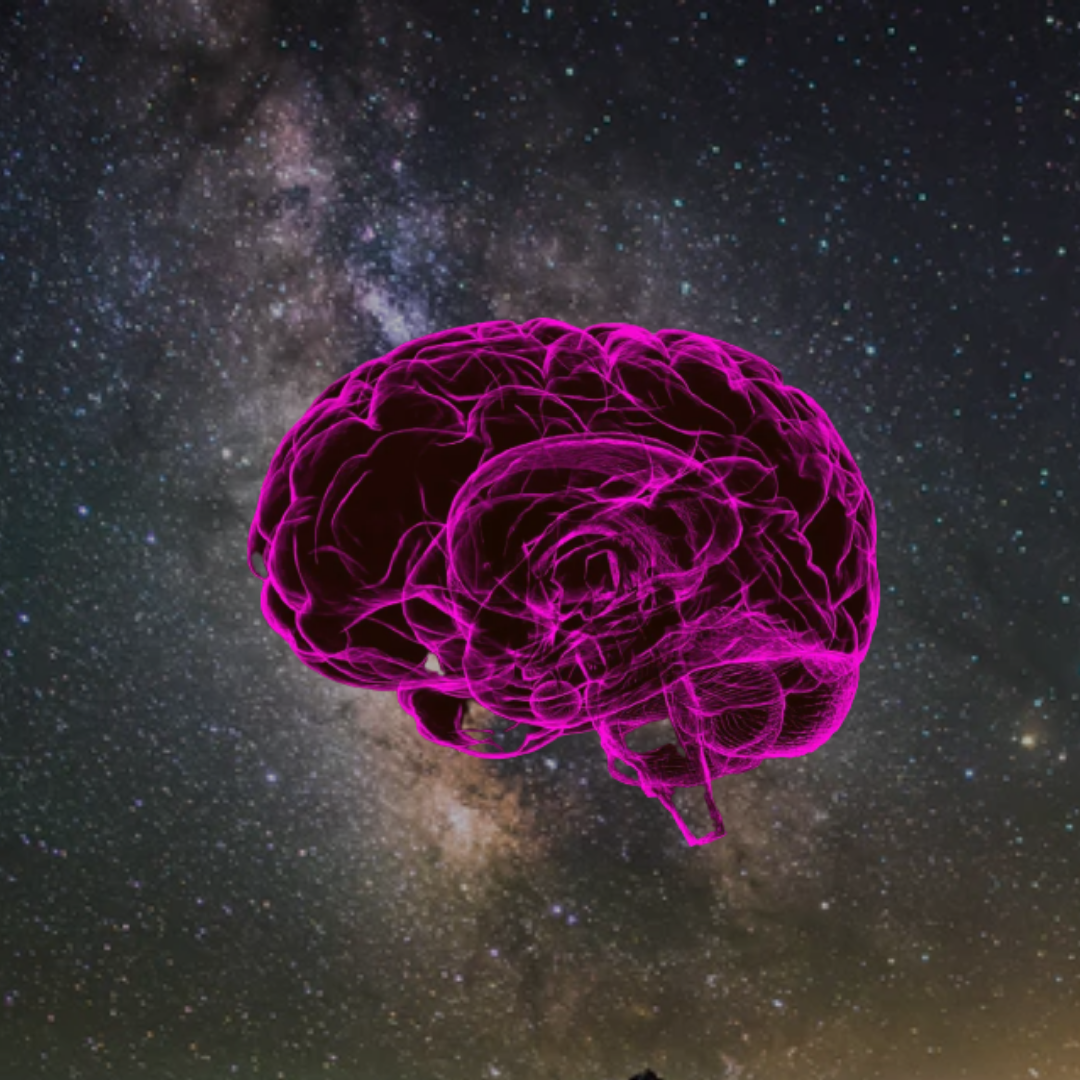According to a new study, the network of neurons in your brain and the cosmic web of galaxies are very much similar to each other. There are too many similarities for this to be a coincidence.
The structures of the observable universe are astonishingly similar to the neuronal networks of the human brain. Doesn’t this statement seem magical to you? Describing the human brain as a 3-pound universe is something that has left everybody impressed. This new study is quite surreal and seemed a bit unnatural as it suggests that the network of neurons in a human brain and the cosmic web of galaxies resembles each other in their structures.
Astrophysicist Franco Vazza and neuroscientist Alberto Feletti came up with a new study that details out the surprising similarities between the cosmic network of galaxies and the complex web of neurons in the human brain. They used the technique of quantitative analysis to compare the two most complex systems in nature. According to scientists, the human brain and the comic web in the universe have similar levels of complexity in their structures, patterns, and self-organisation.
Odd structural similarities:
The shapes and patterns of the universe have odd structural similarities with the human brain. The Golden Spiral can be seen in the human cochlea and the shape of a spiral galaxy; the fractal geometry of veins resonates with the branching of lightning. While studying the similarity between the universe and the human brain, it was observed that both galaxies and neurons arrange themselves like beads on long strings or filaments.
A brain is made up of a complex network of nearly 100 billion neurons that form 100 trillion neural connections. These neurons are strung loosely together and create a web together. With an extremely unconventional and unusual coincidence, a similar web-like structure is visible. The universe is composed of at least 100 billion galaxies balancing between the pull of gravity and the accelerated expansion of the universe.
The neurons only account for approximately 30 percent of the mass of your brain, leaving the remaining 75 percent as water. Similar is the case with the universe as the actual galaxies cover only 30 percent of the universe, while the remaining 70 percent of the mass is dark energy.
The study also noted that the relevant physical interactions in the above two systems are completely different, but their observation through microscopic and telescopic techniques have captured a tantalizing similar morphology, to the point that it has often been noted that the cosmic web and the web of neurons look alike.
With the above similarities defined, the scientists performed a quantitative comparison of the two, based on images. They observed the slices of the human cerebellum and cortex at different magnifications and compared them to simulations of the cosmic web. The scientists through this were actually trying to look for similarities in the matter density fluctuations between brains and the cosmic web. Finally, they concluded that the relative distribution of fluctuations in the two systems was amazingly similar, although on much different scales.
More quantitative look at the system:
Despite having such significant similarities, the scientists wanted to take a more quantitative look at the two systems. To continue with their research, they used a method called power spectrum analysis. Power spectrum analysis is basically a technique often deployed in astrophysics to study the large-scale distribution of galaxies.
The scientists measured the strength of tiny fluctuations throughout a range of spatial scales of both a simulation of galaxies and sections of the cerebellum and cerebral cortex of a brain. Through the experiment, they claimed that the distribution of the fluctuation within the cerebellum neuronal network on a scale from 1 micrometre to 0.1 millimetres follows the same progression of the distribution of matter in the cosmic web.
The study gives impressive expressions with its conclusions. It gives out magnificent results that the cosmic web of our visible universe may have more in common with the network of neurons in a human brain than its individual galaxies and stars—or that the complex network of neurons in your cranium make a better pair with the cosmic web than the individual cells of the brain. However, it should be noted that these similarities only arise when researchers compare a specific scale of each system.
This study gave out the preliminary results of the experiments. The scientists are hoping that this study could lead to new analysis techniques in both cosmology and neurosurgery. They also believe that if the results of the experiment become accurate, the study will allow scientists to better understand how these structures have evolved over time.

